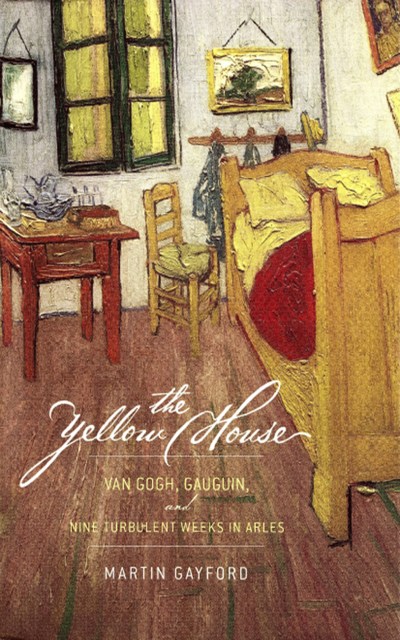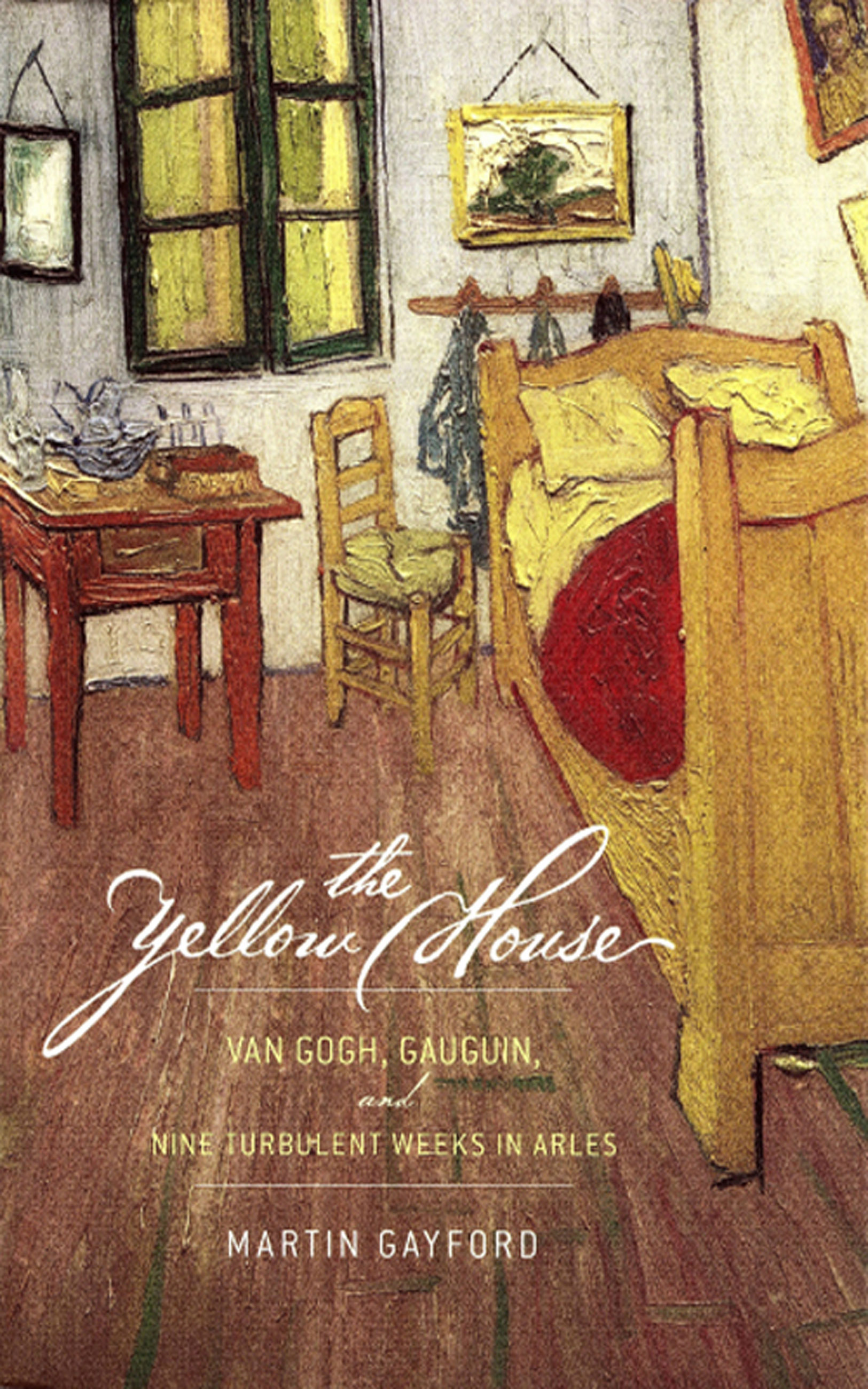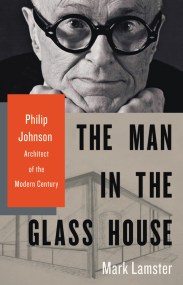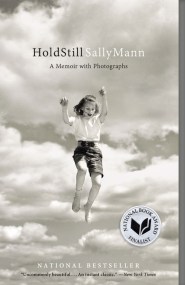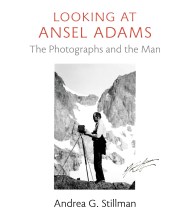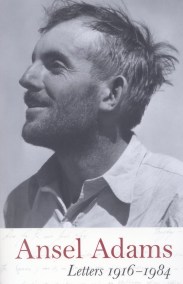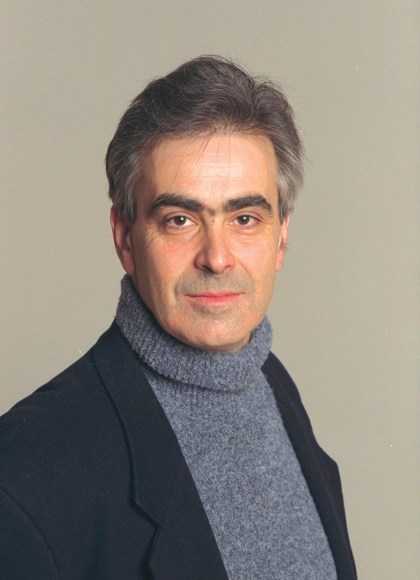Promotion
Use code MOM24 for 20% off site wide + free shipping over $45
The Yellow House
Van Gogh, Gauguin, and Nine Turbulent Weeks in Arles
Contributors
By Martin Gayford
Formats and Prices
Price
$9.99Price
$12.99 CADFormat
Format:
ebook (Digital original) $9.99 $12.99 CADThis item is a preorder. Your payment method will be charged immediately, and the product is expected to ship on or around October 31, 2009. This date is subject to change due to shipping delays beyond our control.
Also available from:
This chronicle of the two months in 1888 when Paul Gauguin shared a house in France with Vincent Van Gogh describes not only how these two hallowed artists painted and exchanged ideas, but also the texture of their everyday lives. Includes 60 B&W reproductions of the artists’ paintings and drawings from the period.
Genre:
- On Sale
- Oct 31, 2009
- Page Count
- 352 pages
- Publisher
- Little, Brown and Company
- ISBN-13
- 9780316087209
Newsletter Signup
By clicking ‘Sign Up,’ I acknowledge that I have read and agree to Hachette Book Group’s Privacy Policy and Terms of Use
